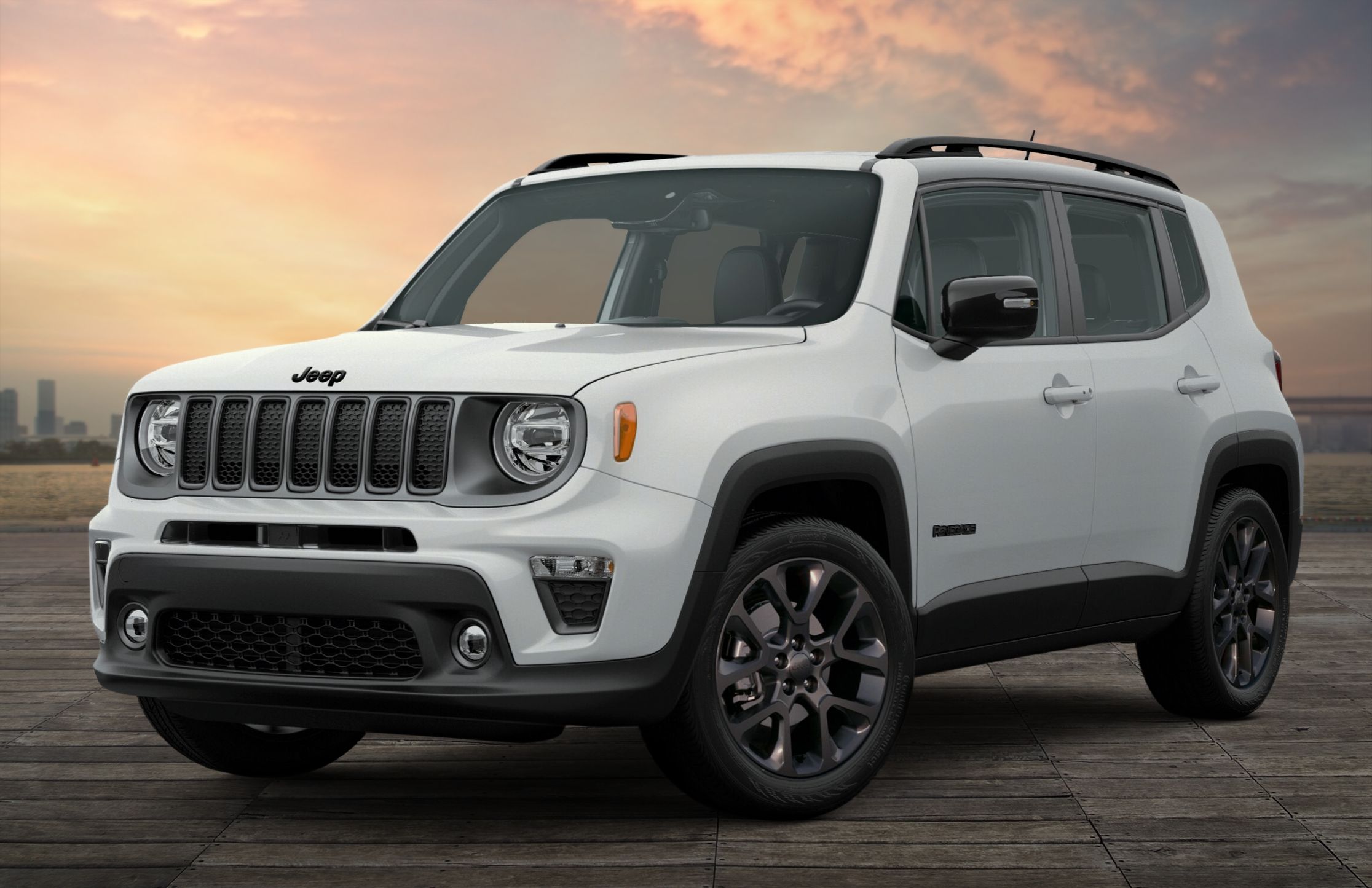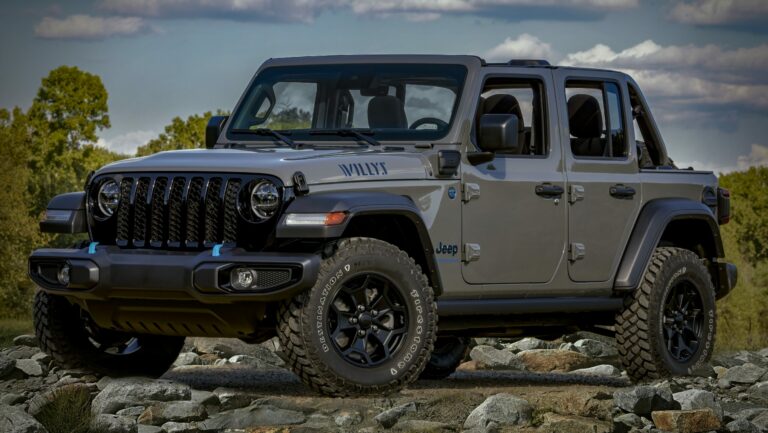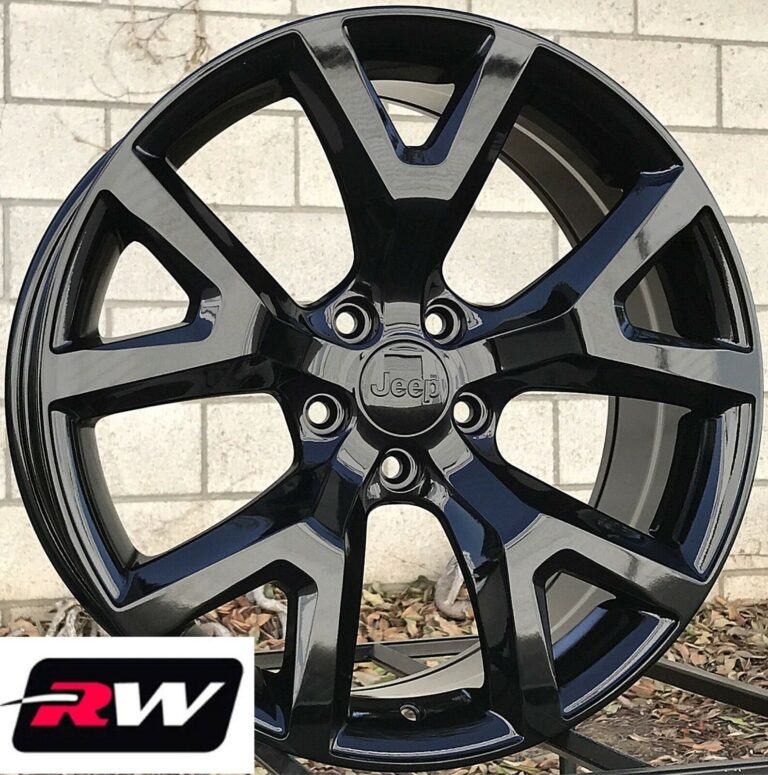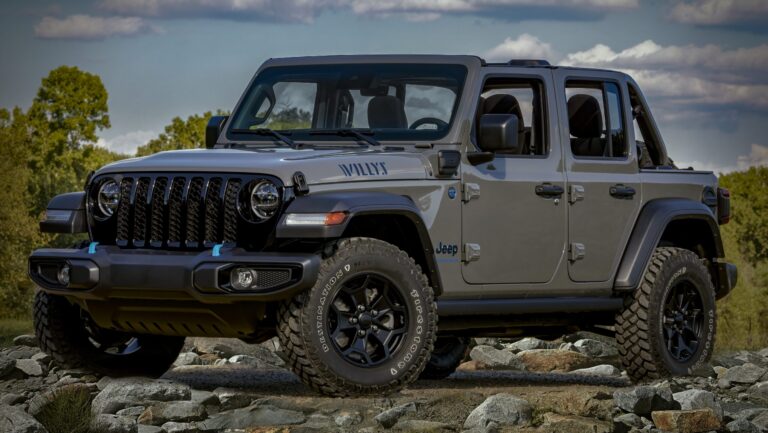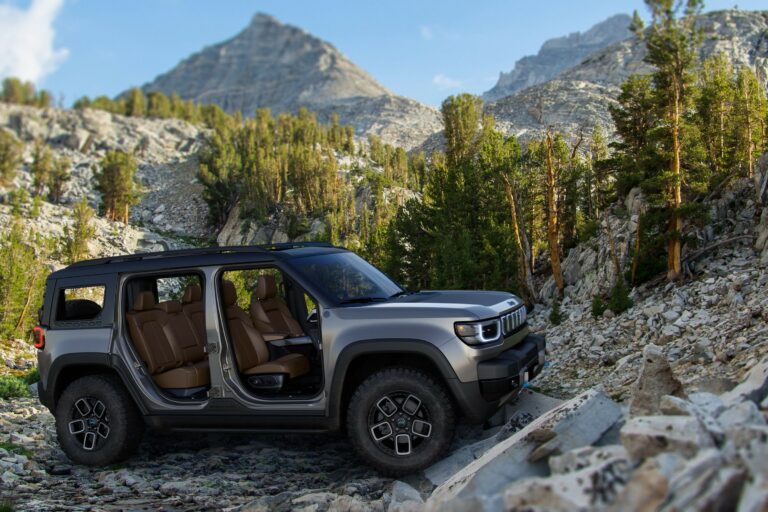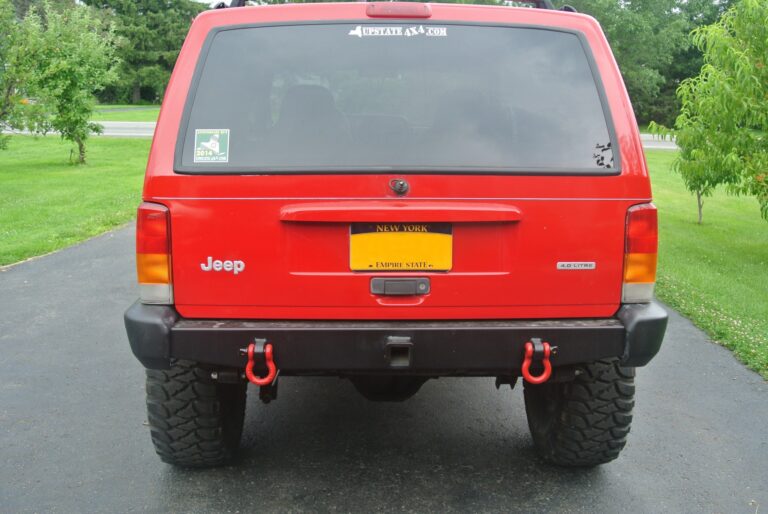Jeep XJ Cherokee For Sale: Your Ultimate Buying Guide
Jeep XJ Cherokee For Sale: Your Ultimate Buying Guide jeeps.truckstrend.com
The Jeep XJ Cherokee, produced from 1984 to 2001, is more than just a used SUV; it’s a cultural icon, a testament to American engineering, and a highly sought-after vehicle in the used car market. Renowned for its rugged simplicity, legendary off-road capability, and unyielding reliability (especially with the venerable 4.0-liter inline-six engine), the XJ has carved out a unique niche. For enthusiasts, off-roaders, and even those simply seeking a robust and versatile daily driver, the phrase "Jeep XJ Cherokee for sale" sparks immediate interest. This article serves as your comprehensive guide to understanding, finding, and evaluating a Jeep XJ Cherokee, ensuring you make an informed purchase and join the ranks of its passionate owners.
Why the XJ Cherokee Endures: A Legacy of Capability
Jeep XJ Cherokee For Sale: Your Ultimate Buying Guide
The Jeep XJ Cherokee’s enduring appeal lies in its groundbreaking design and steadfast performance. As one of the first truly successful unibody SUVs, it combined the ruggedness of a traditional body-on-frame vehicle with the lighter weight and improved handling of a car. This innovative construction, coupled with solid axles (Dana 30 front, Dana 35 or 44 rear) and a choice of robust powertrains, created a vehicle that was equally at home on city streets as it was conquering the most challenging trails.
Its compact size, compared to modern SUVs, makes it nimble and easy to maneuver, both in urban environments and tight off-road situations. The straightforward mechanicals mean it’s relatively easy to work on for the average DIY enthusiast, and the aftermarket support is virtually limitless, allowing for endless customization and upgrades. From mild overlanding rigs to extreme rock crawlers, the XJ’s adaptability is a major draw. For anyone looking for a vehicle with character, capability, and a strong community backing, a "Jeep XJ Cherokee for sale" represents an unparalleled opportunity.
What to Look For: Essential Pre-Purchase Inspection
When searching for a Jeep XJ Cherokee for sale, a thorough inspection is paramount. These vehicles are often 20+ years old and may have seen hard use. Knowing what to scrutinize can save you significant time, money, and headaches down the road.
-
Rust (The Silent Killer): This is the number one concern. The XJ’s unibody construction means rust can compromise structural integrity. Check:
- Frame Rails: Especially under the front seats and near the rear leaf spring mounts. Look for flaking, holes, or excessive bubbling.
- Floorboards: Lift the carpets. Pay attention to the driver and passenger footwells, and the cargo area.
- Rocker Panels: Often hidden by plastic cladding, but critical to check for rust through.
- Rear Quarter Panels: Prone to rust around the wheel wells and behind the rear tires.
- Shock Mounts: Both front and rear.
- Differentiate between surface rust (cosmetic) and structural rust (deal-breaker).

-
Engine (The Indestructible 4.0L I6): While legendary, even the 4.0L has common quirks:
- Oil Leaks: The rear main seal is a notorious leaker. Minor seepage is common; large puddles indicate a more serious issue.
- Cooling System: Check the radiator (look for cracks, leaks, clogs), water pump, thermostat housing, and fan clutch. Overheating is the 4.0L’s biggest enemy. Look for milky oil (head gasket issues, rare but serious) or coolant in the oil.
- Exhaust Manifold: Cracks are very common, causing a ticking sound (especially when cold) and potentially exhaust leaks.
- Listen: For knocking, tapping, or unusual noises. A consistent ticking could be a lifter, but a loud knock is a red flag.
-
Transmission & Drivetrain:
- Automatic (AW4): Check fluid color (should be red, not brown/black) and smell (not burnt). Test all gears, including reverse, and ensure smooth shifting.
- Manual (AX-15): Test clutch engagement (no slipping), smooth shifts, and listen for grinding.
- Transfer Case (NP231/NP242): Test 2WD, 4-Hi, and 4-Lo engagement. Listen for grinding or clunking. Check for fluid leaks around the output shafts.
- Axles/Differentials: Check for fluid leaks around the diff covers and pinions. Listen for whining or clunking during turns or acceleration.
- U-Joints & Driveshafts: Inspect U-joints for play.
-
Suspension & Steering:
- Saggy Rear End: Common due to worn leaf springs.
- Bushings, Ball Joints, Tie Rod Ends: Check for excessive play or cracking.
- Steering Box: Look for leaks. Test for excessive play in the steering wheel.
-
Electrical & Interior:
- Power Windows: Notorious for slow operation or failure due to worn motors/regulators.
- HVAC: Test all fan speeds and temperature controls.
- Gauges & Lights: Ensure all dashboard lights and exterior lights function.
- Headliner: Sagging is extremely common.
- Water Leaks: Check for dampness under carpets, especially around the windshield or door seals.
-
Modifications: Be wary of poorly executed modifications. A quality lift kit or well-installed aftermarket parts can add value, but a shoddy job can indicate underlying issues or neglect.
Where to Find Your XJ: Navigating the Market
The market for a Jeep XJ Cherokee for sale is vibrant, but finding the right one requires diligence and knowing where to look.
-
Online Marketplaces:
- Facebook Marketplace: Often the best source. Many XJ-specific groups exist where owners sell their vehicles directly. This allows for more detailed discussions and often better-maintained examples.
- Craigslist: Still a viable option, but be prepared to sift through many listings.
- eBay Motors: Good for finding XJs across a wider geographical area, especially highly modified or meticulously restored examples.
-
Dedicated Forums & Communities:
- NAXJA (North American XJ Association): The official forum often has a "For Sale" section.
- CherokeeForum.com: Another excellent resource with active member sales.
- These communities offer a chance to buy from knowledgeable owners who often provide detailed maintenance records.
-
Local Mechanics/Dealers: Less common, but some independent shops specializing in Jeeps or off-road vehicles might have an XJ for sale.
Tips for Finding:
- Be Patient but Quick: Good deals go fast. Have your funds ready and be prepared to act quickly.
- Expand Your Search Radius: If you’re in a rust-prone area, consider looking in drier climates (Southwest US) and budgeting for transportation.
- Ask for Details: Request maintenance records, specific photos, and be upfront about your inspection plans.
Understanding XJ Trims and Years: Which One is Right for You?
The XJ Cherokee evolved over its 17-year production run. Understanding these differences can help you target the ideal "Jeep XJ Cherokee for sale" for your needs.
-
Pre-Facelift (1984-1996):
- Styling: Features a more traditional, boxier dashboard and exterior trim.
- Engines: Early models had 2.5L I4, 2.8L V6 (avoid if possible due to reliability issues), and the Renix-era 4.0L I6 (1987-1990). The Renix 4.0L is robust but has a less sophisticated engine management system than later models.
- Pros: Often lighter, simpler wiring (pre-OBDII for earlier models), some prefer the classic aesthetic.
- Cons: Older interior, some components less refined.
-
Post-Facelift (1997-2001):
- Styling: Updated interior (more modern dash, better ergonomics), revised rear liftgate (composite, lighter), and minor exterior tweaks.
- Engines: All feature the OBD-II compliant 4.0L I6 (HO – High Output). This is generally considered the most desirable engine.
- Pros: More refined interior, slightly stronger unibody design in some areas, easier to diagnose issues with OBD-II.
- Cons: Can be heavier due to added features, some find the updated styling less "classic."
-
Engines:
- 4.0L Inline-Six (I6): This is the engine to get. Renowned for its torque, longevity, and simplicity.
- 2.5L Inline-Four (I4): Underpowered for the XJ’s weight, generally avoided unless fuel economy is paramount and performance isn’t.
-
Transfer Cases:
- NP231 Command-Trac: Part-time 4WD. Robust, simple, and the most common. Ideal for off-roading as it provides a direct mechanical link. Not for use on dry pavement in 4WD.
- NP242 Selec-Trac: Full-time and part-time 4WD. Offers "Full-Time 4WD" mode that can be used on any surface, making it excellent for varied conditions like snow, ice, or daily driving. Also very robust.
-
Axles:
- Dana 30 Front: Standard on all XJs, very strong for its size.
- Dana 35 Rear: Most common rear axle. Adequate for stock or mild off-roading, but known to be weak under heavy abuse or larger tires.
- Chrysler 8.25 Rear: Found on many 1997-2001 models (if not equipped with ABS). Stronger than the D35, a good upgrade for moderate use.
- Dana 44 Rear: Rare, found on some early models with towing packages. The strongest stock option and highly desirable.
-
Trims: Sport, Limited, Laredo, Country, Classic, SE. Primarily cosmetic and feature differences (e.g., leather seats, power options, trim accents). Performance-wise, a base Sport with a 4.0L and NP231 is just as capable as a Limited.
The Cost of Ownership: Beyond the Purchase Price
While the initial "Jeep XJ Cherokee for sale" price can be appealing, it’s crucial to factor in ongoing costs.
- Maintenance: XJs are DIY-friendly, and parts are generally affordable and widely available. Common wear items include brakes, U-joints, cooling system components, and suspension bushings. Budget for immediate post-purchase maintenance to address deferred issues.
- Modifications: This is where costs can quickly escalate. Lift kits, larger tires, aftermarket bumpers, winches, lockers – the possibilities are endless, and so are the price tags. Plan your modifications strategically.
- Fuel Economy: Don’t expect great MPG. The 4.0L I6 typically gets 15-20 MPG, depending on driving style, modifications, and maintenance.
- Insurance: Generally reasonable for an older vehicle, but premiums vary based on your driving record and location.
- Unexpected Repairs: It’s a 20+ year old vehicle. Things will break. Always set aside a "repair fund" for unforeseen issues.
Practical Advice and Actionable Insights
- Get a Pre-Purchase Inspection (PPI): Even if you’re handy, have a trusted mechanic (ideally one familiar with Jeeps) perform a PPI. They can spot issues you might miss.
- Don’t Be Afraid to Walk Away: There are many XJs out there. If a deal feels wrong, or the seller is evasive, move on.
- Negotiate: Based on the vehicle’s condition, known issues, and necessary repairs. Research comparable sales to set a realistic offer.
- Join the Community: XJ forums and Facebook groups are invaluable resources for advice, troubleshooting, and parts.
- Budget for Immediate Needs: Assume you’ll need to replace fluids, spark plugs, filters, and potentially address minor issues (like a sagging headliner or slow windows) soon after purchase.
Jeep XJ Cherokee For Sale: Estimated Price Guide
Please note: Prices for a Jeep XJ Cherokee for sale vary wildly based on condition, mileage, modifications, geographical location (rust-free areas command higher prices), and market demand. This table provides a general estimate for the US market as of late 2023/early 2024.
| Condition Category | Typical Price Range (USD) | Description |
|---|---|---|
| Project/Parts Car | $500 – $2,500 | Non-running, significant rust, major mechanical issues, or severely neglected. Good for parts donors or full ground-up restorations by experienced builders. Often found on Craigslist or specific forums. |
| Driver Quality – Needs Work | $2,000 – $5,000 | Runs and drives, but has noticeable issues (e.g., significant rust, oil leaks, non-functioning AC, worn suspension, high mileage, cosmetic damage). Requires immediate attention and investment to be reliable. Good for DIY enthusiasts willing to put in sweat equity. |
| Good Driver – Minor Issues | $4,500 – $8,000 | Runs and drives reliably for daily use. May have minor cosmetic flaws, typical XJ quirks (slow windows, saggy headliner), or light rust that isn’t structural. Maintenance records might be sparse. Generally solid mechanically but may need some deferred maintenance. |
| Well-Maintained/Lightly Modified | $7,500 – $12,000 | Excellent mechanical condition with minimal rust. Interior and exterior are clean for its age. May have tasteful, quality modifications (e.g., small lift, good tires, upgraded lighting). Often comes with maintenance records and from an enthusiast owner. Ready for daily driving and light trail use. |
| Showroom/Heavily Built Off-roader | $10,000 – $25,000+ | Showroom: Exceptionally low mileage, meticulously maintained, near-original condition, often from dry climates. Rare finds. Heavily Built: Professionally modified for extreme off-roading, with extensive upgrades (e.g., axle swaps, custom fabrication, long-arm suspension, high-end lockers). The price reflects the cost of parts and labor. |
- Disclaimer: These are estimates. A rare 1997-2001 4.0L, NP242, Chrysler 8.25/Dana 44, rust-free, low-mileage example will always command a premium. Conversely, a high-mileage, rusty, neglected example will be at the very bottom of the scale. Always inspect thoroughly and negotiate based on the specific vehicle’s condition.
Frequently Asked Questions (FAQ) about Jeep XJ Cherokee For Sale
Q1: Is the Jeep XJ Cherokee a good daily driver?
A1: Yes, absolutely. Especially the 1997-2001 models with the 4.0L engine. They are compact, relatively fuel-efficient for an SUV of their era, and easy to park. Just be prepared for typical older vehicle quirks and ensure the cooling system is in top shape.
Q2: Which engine is best for the XJ?
A2: The 4.0-liter Inline-Six (I6) is by far the most desirable and reliable engine. Avoid the 2.5L I4 unless you have very specific needs (e.g., extreme fuel economy focus) and the earlier V6 engines.
Q3: What’s the biggest tire size I can run on a stock XJ?
A3: Generally, 235/75R15 (approximately 29 inches) is the largest you can fit without rubbing or a lift. With a 2-3 inch lift, 31-inch tires are common. Larger tires require more extensive modifications.
Q4: Are XJ Cherokees reliable?
A4: Yes, the 4.0L engine is renowned for its reliability and longevity, often reaching 200,000-300,000+ miles with proper maintenance. However, being an older vehicle, components like cooling systems, sensors, and electricals will eventually need attention.
Q5: What’s the difference between the NP231 and NP242 transfer cases?
A5: The NP231 (Command-Trac) is a part-time 4WD system, meaning its 4WD modes should only be used on loose or slippery surfaces. The NP242 (Selec-Trac) offers both part-time and full-time 4WD modes, allowing you to use 4WD on dry pavement, which is beneficial for inclement weather or varied driving conditions. Both are robust.
Q6: How bad is rust on XJs?
A6: Rust is the primary enemy of the XJ. It’s common in rust-belt states and can affect structural components. Thoroughly inspect frame rails, floorboards, and rocker panels. A rust-free XJ from a dry climate will command a higher price.
Q7: How much does a lift kit cost for an XJ?
A7: Basic budget boost kits can start from a few hundred dollars. More comprehensive lift kits with new leaf springs, coil springs, shocks, and control arms can range from $800 to $2,000+. Professional installation will add to the cost.
Conclusion
The pursuit of a "Jeep XJ Cherokee for sale" is more than just a search for transportation; it’s an entry into a passionate community and a journey to acquire a vehicle with unparalleled character and capability. By understanding the XJ’s unique attributes, knowing what to look for during an inspection, and navigating the market wisely, you can find an example that perfectly suits your needs and budget. While owning an XJ comes with the inherent responsibilities of maintaining an older vehicle, the rewards—from off-road adventures to the camaraderie of fellow enthusiasts—make it an undeniably worthwhile endeavor. The XJ isn’t just a vehicle; it’s a lifestyle, and a true testament to the timeless appeal of rugged, simple, and capable design.
